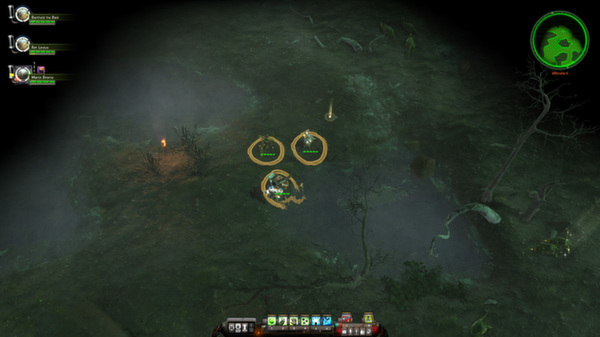

Permission for use, re-use, or additional use of the content is not required. Get Archive LLC, creator of PICRYL, endeavors to provide information that it possesses on the copyright status of the content and to identify any other terms and conditions that may apply to the use of the content, however, Get Archive LLC offers no guarantee or assurance that all pertinent information is provided, or that the information is correct in each circumstance. PICRYL makes the world's public domain media fun to find and easy to use. PICRYL is an AI-driven search & similarity engine. PICRYL is the largest media source for public domain images, scans, and documents.

The firing was stopped before the slip turned red once again.The World's Largest Public Domain Media Search Engine The fresh oxygen supply turned the pottery back to red. The kiln was then starved of oxygen and filled with carbon monoxide (by using wet fuel), causing the slip to turn black. Careful control of the firing process allowed Greek potters to oxidise the body of the pot, turning it red, by keeping the kiln well ventilated. The vase is decorated in the 'red figure' technique in which the areas surrounding the figures are painted in a slip (mixture of clay and water), leaving the red pottery showing through. These formed the nucleus for Hope's own collection of vases, which he displayed at Duchess Street. In 1801 Hope purchased the second collection of ancient vases formed by Sir William Hamilton, formerly the British Ambassador to the Naples court. (1807), illustrating objects he had designed for his London house at Duchess Street. The most important of these publications was Household Furniture and Interior Decoration.

The vase was once owned by Thomas Hope (1769-1831), the collector, connoisseur, patron and designer, who published a number of influential books of designs.

The krater was an ancient Greek vase with two handles that was used to mix wine and water.


 0 kommentar(er)
0 kommentar(er)
